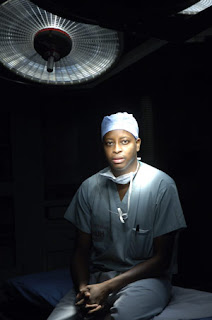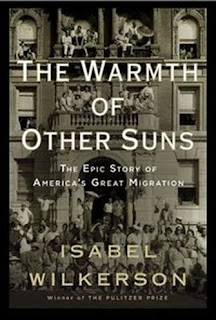Former Astronaut to Be Awarded Prestigious FBI Director’s 2010 Community Leadership Award.
Special Agent in Charge (SAC) of the Houston Division of the Federal Bureau of Investigation (FBI) Richard C. Powers announced Dr. Bernard Harris, Jr., astronaut and president of The Harris Foundation, will be awarded the prestigious FBI Director’s 2010 Community Leadership Award. SAC Powers made the announcement and recognized Dr. Harris in front of Houston area students participating in the “Dare to Dream” program, sponsored by The Harris Foundation, at the James D. Burrus Elementary School earlier today.
Established in 1990, the Director’s Community Leadership Award is presented each year by FBI field offices to individuals and organizations that have made a positive impact within their local community through their achievements in crime prevention, drug deterrence, or other programs which promote public safety and well-being.
Dr. Harris is being awarded the honor for his lifelong achievements, as well as his work as founder and president of The Harris Foundation, a non-profit organization that supports math/science education and crime prevention programs for America’s youth.
Dr. Harris worked at NASA for 10 years, where he conducted research in musculoskeletal physiology and disuse osteoporosis. As payload commander on Space Shuttle Discovery STS-63 in 1995, he served on the first flight of the joint Russian-American space program, becoming the first African-American to walk in space. A veteran astronaut for over 19 years, he has logged more than 438 hours and traveled over 7.2 million miles in space.
Dr. Harris founded The Harris Foundation in 1998. The mission of the Houston non-profit organization is to invest in community-based initiatives to support education, health and wealth. The Harris Foundation supports programs that empower individuals, in particular minorities and others who are economically and/or socially disadvantaged, to recognize their potential and pursue their dreams. One such program is the “Dare to Dream” program. Dare to Dream is an elementary school-based program which targets at-risk children and encourages crime prevention and the exploration of careers in science and technology. The Houston office of the FBI is a Dare to Dream partner. As part of Dare to Dream’s adopt-a-school mission, the FBI regularly provides special agent guest speakers to meet with and interact with at-risk students at many Houston area schools. In keeping with The Harris Foundation’s mission of promoting science and technology, before today’s ceremony the Houston FBI’s Evidence Response Team provided a hands-on forensic science workshop to over 100 Dare to Dream students from five Houston area schools.
“Dr. Harris and the Harris Foundation have inspired many of Houston’s at-risk young people to study hard, stay out of trouble, and follow their dreams,” said SAC Powers. “The Houston office of the FBI is proud to partner with Dr. Harris and his foundation in their proactive approach to reducing crime and encouraging lifelong success. What better example for our children can we provide than a man who has pursued his dreams and accomplished what most of us only dream about. I am proud to announce Dr. Harris as this year’s recipient of the FBI Director’s Community Leadership Award. When he receives his award from FBI Director Mueller in front of nominees from all over the United States, it will serve as an indicator to everyone present that Houston, Texas is the home of successful, generous, innovative citizens who care greatly about their community.”
Dr. Harris will travel to Washington, D.C. to receive the award, along with other recipients from around the nation, from FBI Director Robert Mueller in a ceremony at FBI Headquarters on March 25, 2011.
For Immediate Release December 2, 2010 FBI Houston Contact: Special Agent Shauna Dunlap (713) 936-7638














![Jerolyn [Renee] Chapman Navarro, PharmD, MD](https://blogger.googleusercontent.com/img/b/R29vZ2xl/AVvXsEgzkugmA0zP9Q888kbpcZVkjNPMi01Mzwe4G1DY1qGC_pVqDa4JJeyeebkyUvnbgrvr0xMv9TeK0fCp0SfoFyodBotK-n_Ee-BrERcgk2SJGu7xKK7SlDjfJ2IkmFSwinm0qBoj6RvjZ9Pd/s320/Jerolyn_Chapman_Navarro_2.jpg)





















